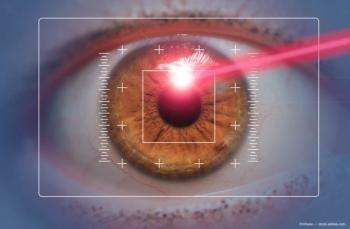
|Articles|June 15, 2003
How to handle a small pupil in combined surgery
The pupil that dilates poorly is frequently associated with both glaucoma and complications during combined surgery. With newer endolenticular techniques, especially with nucleofractis procedures and chop techniques, pupils do not need to be as large as previously required.1-4 However, there still are numerous instances in which the pupil is inadequate to allow the surgeon to proceed, and some form of manipulation or surgery is required.
Advertisement
Newsletter
Don’t miss out—get Ophthalmology Times updates on the latest clinical advancements and expert interviews, straight to your inbox.
Advertisement
Latest CME
Advertisement
Advertisement
Trending on Ophthalmology Times - Clinical Insights for Eye Specialists
1
Ocular Therapeutix accelerates NDA submission plans for AXPAXLI for wet AMD
2
ONL Therapeutics reports positive phase 1b data for xelafaslatide in geographic atrophy
3
FDA grants IDE approval to EyeYon Medical for its US clinical study of EndoArt
4
Study maps thermal dynamics of glaucoma laser treatments
5
















































.png)


